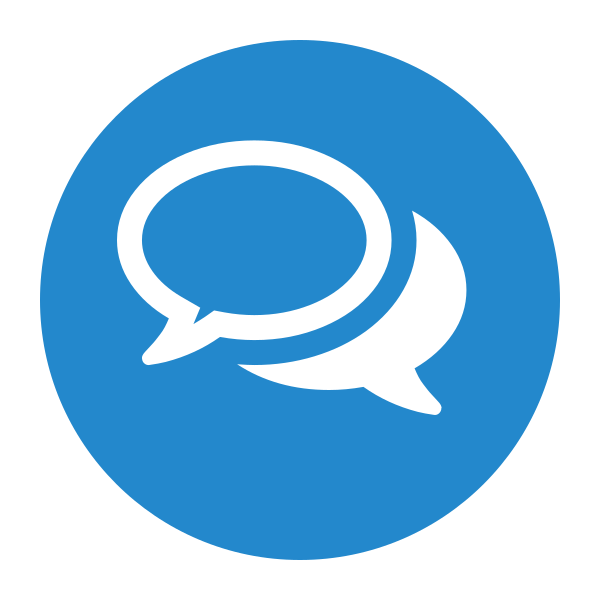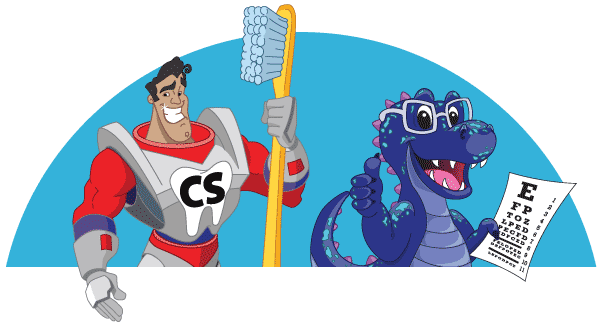9 Signs Your Child May Need Glasses
9 Signs Your Child May Need Glasses
Picture this: your child is struggling with homework, squinting at the TV, or suddenly showing less interest in their favorite activities. While you might chalk it up to typical childhood phases, these behaviors could be telling you something important about their vision.
Children's eyesight plays a crucial role in their learning, development, and overall quality of life. The challenge? Kids often don't realize their vision is impaired; they assume everyone sees the world the way they do. That's why recognizing the early warning signs is so important for parents who want to give their children the best possible start in life.
Why Early Detection Matters
Vision is the foundation for so many childhood milestones. From tracking a parent's face as an infant to reading their first book, clear sight supports visual development at every stage. When children can see clearly, they're better equipped for reading, hand-eye coordination activities, and social interactions with friends.
The stakes of undetected vision problems extend far beyond the eye exam room. Left untreated, vision issues can lead to lazy eye (amblyopia), where the brain essentially "turns off" one eye to avoid confusion. Children may also develop behavioral struggles when they can't see clearly, imagine trying to focus in school when the board looks blurry, or feeling frustrated during sports because tracking the ball is difficult. These challenges often manifest as poor school performance or reluctance to participate in activities, when the real culprit is simply unclear vision.
9 Signs & Symptoms Your Child May Need Glasses
1. Squinting or Tilting the Head
When children squint or consistently tilt their head to one side while looking at something, they're often trying to compensate for blurry vision or eye alignment issues. This unconscious adjustment helps them see more clearly, but it's also a red flag that their eyes need professional attention.
2. Sitting Too Close to Screens or Holding Books Closely
If your child consistently moves closer to the TV, tablet, or holds books right up to their face, this is often a classic sign of nearsightedness. They're instinctively trying to bring objects into better focus, which happens when things appear clearer up close than at a distance.
3. Frequent Eye Rubbing or Complaining of Tired Eyes
Persistent eye rubbing, especially when it's not bedtime, can indicate eye strain, dry eyes, or focusing difficulties. When children frequently complain that their eyes feel tired, particularly after reading or screen time, their visual system may be working overtime to compensate for uncorrected vision problems.
4. Covering One Eye
Children who cover or close one eye while reading, watching TV, or doing close work may be experiencing double vision, poor vision in one eye, or muscle imbalance issues. This behavior helps eliminate visual confusion, but it signals that both eyes aren't working together properly.
5. Headaches or Eye Pain
Frequent headaches, especially after school or homework time, can result from uncorrected refractive errors that cause focusing strain. When the visual system works harder than it should to maintain clear sight, it can trigger headaches or eye discomfort.
6. Difficulty Following Moving Objects
Children who struggle to track a ball during sports or have trouble following moving objects may have eye muscle coordination issues or tracking problems. This can affect their performance in sports and their ability to read smoothly across a page.
7. Excessive Sensitivity to Light
While some light sensitivity is normal, excessive squinting or discomfort in normal lighting conditions can be a symptom of underlying vision problems or eye alignment issues that require professional evaluation.
8. Poor Hand-Eye Coordination
Persistent clumsiness, difficulty catching balls, or trouble with activities requiring precision (like coloring within lines) can suggest depth perception issues related to visual impairment. When children can't accurately judge distances, their coordination naturally suffers.
9. Delayed Visual Milestones in Infants
For babies and toddlers, delayed visual milestones like not making consistent eye contact, failing to track moving objects, or not reaching for toys by the appropriate age can indicate vision problems that need early intervention.
Age-Specific Indicators
The signs that your child may need glasses can vary significantly depending on their developmental stage, making it important to know what to watch for at each age.
Infants & Toddlers (0–3 Years)
During these crucial early years, watch for these key indicators:
Misaligned eyes (where one eye turns in, out, up, or down)
Lack of eye tracking when you move objects across their field of vision
Delayed visual responses to faces or toys
Persistent squinting or strong aversion to bright lights
These little ones can't tell you what they're experiencing, so your observations are essential.
Preschoolers & Early Elementary (4–7 Years)
This age group may start verbalizing complaints about their vision. Watch for these signs:
Complaints of blurry vision or trouble seeing the board at school
Struggles with reading readiness or letter/number recognition
Resistance to activities that require visual focus
Difficulty with fine motor tasks like coloring or writing
These children are just beginning to understand that their visual experience might be different from others.
Older Children & Tweens (8+ Years)
School-age children can better communicate their experiences, but may try to hide difficulties. Look for:
Avoiding reading, homework, or showing reduced interest in school
Eye fatigue and complaints of tiredness after visual tasks
Increased reliance on digital devices held very close to their faces
Reduced participation in sports or physical activities
At this age, they may try to hide difficulties to avoid seeming different from their peers.
What to Do If You Notice These Signs
Schedule a Pediatric Eye Exam
If you've observed any of these warning signs, the next step is scheduling a comprehensive eye exam with a pediatric eye care professional. During this visit, your child will receive age-appropriate testing that evaluates not just their ability to see clearly, but also how well their eyes work together, track moving objects, and focus at different distances. The exam is designed to be comfortable and engaging for children.
Talk to Your Child
Have gentle conversations with your child about their vision experience without leading them toward specific answers. Try these conversation starters:
"How do things look when you're reading?"
"Do you ever have trouble seeing the board at school?"
"Tell me about how your eyes feel after homework time."
Listen to their responses without judgment; they may reveal important clues about their visual challenges.
Prepare for a Diagnosis
Depending on the exam results, your eye care professional may recommend corrective eyewear, eye exercises to strengthen visual skills, or follow-up testing to monitor developing conditions. Remember that getting glasses is often a positive turning point that can dramatically improve your child's comfort and performance in daily activities.
Benefits of Corrective Eyewear for Kids
When children receive the vision correction they need, the improvements often extend far beyond simply seeing more clearly:
Academic Performance: Reading becomes easier, and board work is no longer a struggle. Many parents report that their children show renewed interest in books and homework once they can see clearly.
Sports & Activities: Enhanced participation in play and sports naturally follows when children can accurately track balls, judge distances, and feel confident in physical activities.
Confidence & Quality of Life: The boost in self-confidence can be remarkable; children who were previously frustrated or withdrawn often become more engaged and enthusiastic about learning and activities.
It's worth noting that many vision insurance plans and health insurance policies include coverage for pediatric eye exams and corrective eyewear, making this important care accessible for families. Check with your insurance provider about your specific benefits for children's vision care.
Your Child's Clear Vision Journey
Recognizing the signs that your child may need glasses is one of the most valuable gifts you can give them. From squinting and headaches to difficulty with schoolwork and sports, these symptoms are your child's way of telling you their vision needs support.
Has your child shown any of these signs? Don't wait to find out if glasses could make their world clearer and brighter. Contact Kids Dental Vision Care today to schedule a comprehensive eye exam at the location nearest you. Let's make sure they're seeing their best!

